Whether you’re trying to do some creative work or screen recording on the road, you have to have one of the best video editing laptops available. Though budget notebooks can do some basic, if low-quality, editing, anyone wanting something a little more professional will need a machine that’s much more powerful to not only handle big projects but to last a while without the need for upgrading to a newer laptop a year down the road.
When it comes to a notebook for video editing, it will need a robust graphics card as well as fast memory. It also needs to be compatible with the apps you use for your workflow, such as DVD burning software, video converter software, and, of course, video editors.
To help you weed through all the different laptops out there, we’ve compiled our top picks to help you find something, including options for varying budgets. If you’re a pro, you’ll want to go for the higher-end ones to run programs with big hardware requirements such as non-linear video editors like Adobe Premiere or DaVinci Resolve. Whatever you fancy, these video editing notebooks are capable machines in general and many also make our best laptop and best mobile workstation lists.
Make sure to check out our exclusive price comparison tool to find the best deals on your next video editing device. And, with Black Friday and Cyber Monday coming up, some great Black Friday Laptop Deals might help you save some money on that next laptop.
How to choose a video editing laptop
Most video editing software depends on the GPU; therefore, a powerful graphics card is necessary to edit effectively. Video editing apps are also heavyweight in terms of memory usage, so the more the better. To work with heavyweight video editors like Adobe Premiere you will need 16GB of RAM to plod away comfortably, although technically it can run with just 8GB. A fast GPU will also help once you get past simple chopping up footage and start adding transitions, overlays and other fancy effects.
Finally, the operating system should have a rather large solid state disk so both it and applications load and run quickly with plenty of scratch space. Ultimately though, it will be the resolution of your video production which will steer you towards your final system requirements, with screen size being one of the most important. In general, if your video production is "full HD" or 1080P any laptop will be adequate. However, once you move to 2K or higher, you will prefer a "higher than Full HD" screen resolution on your system, we're talking QHD and UHD for working with 2K and 4K video, respectively.
Other good factors to consider are choosing a device that is expandable (so that you can add more memory or an additional SSD if necessary), one that comes with next business day warranty (or at least offers it as an option) and a device that features ample connectivity as users are likely to transfer files via cloud storage or via external storage (most likely a portable SSD).
| Specs | Minimum | Recommended | Ideal |
|---|---|---|---|
| Editing resolution | 1080p (1920 x 1080) | 4K (3840 x 2160) | 4K (3840 x 2160) |
| Processor | 8th Generation Core i5 or equivalent AMD Ryzen | 8-core Intel CPU or equivalent AMD | Intel Xeon or better |
| Memory | 16GB | 32GB | 64GB |
| Storage | 256GB SSD | 256GB NVMe PCIe SSD | 1TB NVMe PCIe SSD (RAID-0) |
| Screen | Full HD | 4K | 8K |
| Video card | Integrated | Discrete | Nvidia RTX or AMD Radeon Pro |
How we chose the best video editing laptops
We took into account the recommended hardware requirements from popular non-linear video editors and published benchmarks like Puget Systems’ Premiere Pro benchmark. Given the above requirements and information, we selected laptops with 16GB of RAM or more -32GB preferred- with 1TB or more of fast internal SSD storage and the latest-generation CPUs from AMD, Intel and Apple. We had to make an exception in the rugged category as an Intel i7 is the fastest at the time of writing.
As a result, a laptop chosen from this list will be as suitable for the task at hand a year down the line as it is today. Offerings from Apple, Dell, Lenovo, HP, and Razer all provide suitable options for video editing, including a rugged laptop for working outdoors. It is no surprise that some entries are business laptops while others are marketed as gaming laptops: modern games are resource-intensive in terms of CPU, RAM and GPU, so gaming laptops are exceptionally well suited for pro video editing. Unless otherwise noted all systems feature a SD card reader slot.

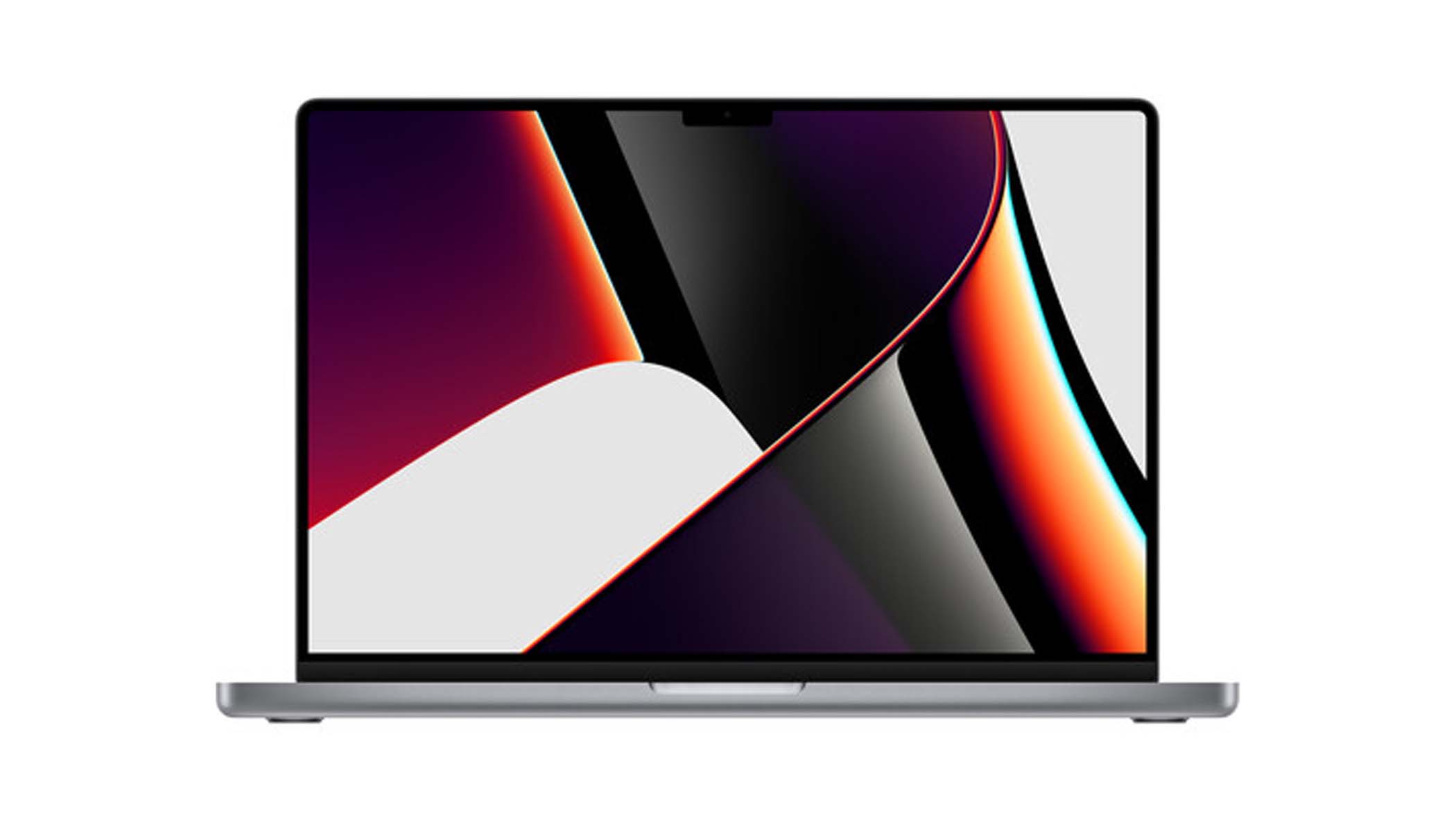
The larger of Apple’s new Pro laptops contains about as much performance as you can ask for in a notebook, powered by either Apple’s Soc 10-core M1 Pro or M1 Max SoC (system on a chip). Not only is that 8 performance cores and 2 efficiency cores of processing power but, since it’s a system on a chip, you also get either 16 or 32 cores handling your graphics. Add in up to 64GB of RAM (32 if you stick with the M1 Pro and this powerhouse will rip through any project you throw at it. Since you can upgrade the SSD to up to 8TB of storage, you can skip carrying around an extra drive for storage. That is, if you’re willing to pay.
The main drawback of the MacBook Pro 16-Inch (2021) is its price. If this is more power than you need in a computer, there are other options on this list that cost less than half the 16-Inch’s base model. It’s also a bit on the bigger side, weighing 4.7 pounds or 2.1 kgs, making it a little less portable than the 14-inch model or a lot of other options here.
However, if you’re willing to pay and carry the extra weight, there’s a lot more than just the performance of the new M1 chips. That gorgeous mini-LED XDR display gives you 254 pixels per inch as well as up to 1600 nits of peak brightness, making this an easy screen to use. It also comes with plenty of ports including 3 Thunderbolt 4 ports, an HDMI port, an SDXC card slot, and the return of the MagSafe port so all your Thunderbolt ports are available even when charging. If that isn’t enough, the battery life is stellar, especially for a larger notebook.
Read the full review: MacBook Pro 16-Inch (2021)
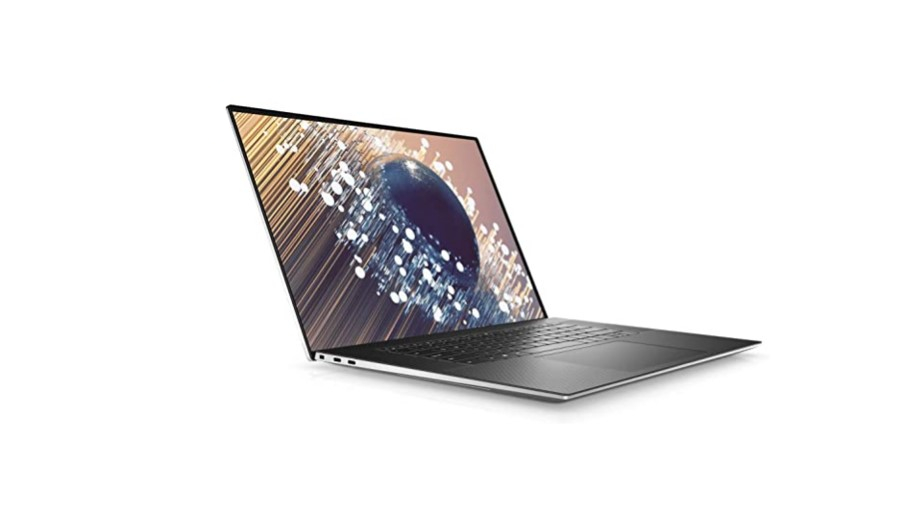
Engaging in 4K video editing on a laptop with the same power as a desktop workstation and a UHD display wasn’t until recently a realistic proposition but now it is. Packed in its sleek, thin design is an Intel i9-11900H processor, a beefed up Nvidia RTX3060 graphics card, 32 GB of memory and a generous and fast 1TB SSD.
It also looks gorgeous: A silver aluminum lid and bottom cover the laptop and a black soft-touch deck interior and palm rests are coated with carbon fiber. The laptop's keyboard comes with Dell's trademark backlit design. Expansion is provided via its four Thunderbolt 4 (USB-C) ports which also supply power. Ideal for connecting fast external solid state disks or HDDs to deliver your final video workload. Or you can do it wirelessly to the cloud via Wi-Fi 6.
The UHD display is a must for accurate 4K video edits and this laptop delivers with a cherry on top. What Dell calls a 4-side InfinityEdge display is actually a thin bezel surrounding the actual screen. That means you get the largest screen possible without enlarging the rest of the laptop. If you buy direct, keep in mind that the lead time can extend for weeks: the firm has warned about “industry-wide, unprecedented component shortages” and leads users to its “supply chain updates” page here.
Read the full review: Dell XPS 17
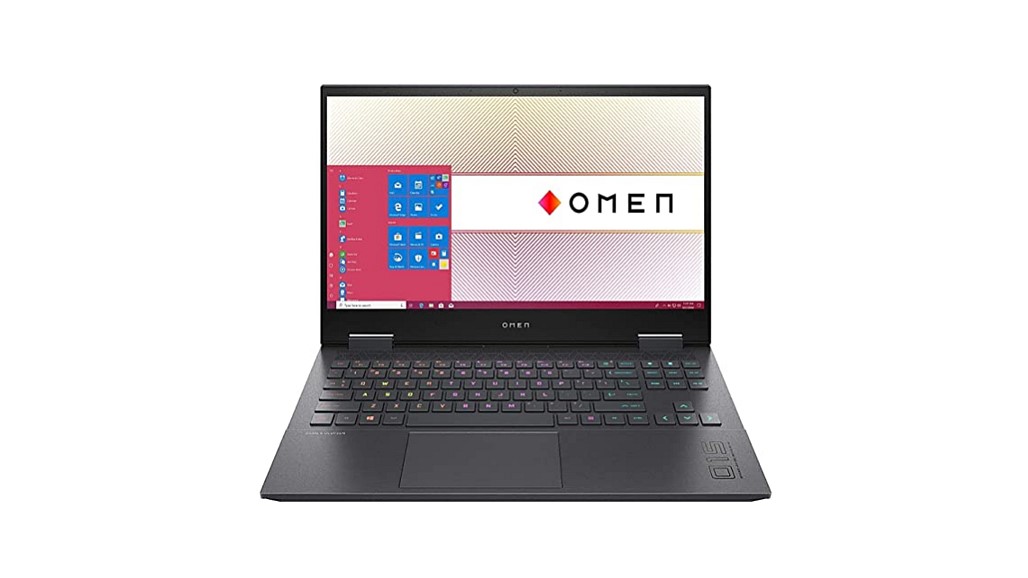
Modern games are resource-intensive in terms of CPU, RAM and GPU, making gaming laptops totally apt for video editing. Despite being marketed to gamers it features a professional looking matte black casing suitable for taking it to the office. Videographers will like its two video outputs: HDMI and Mini-Display port meaning you can probably hook it up to a wide range of monitors or TVs.
At half the price of the most expensive workstation-level laptops, it pack a top of the line processor and GPU: an AMD Ryzen 9 5900HX with eight cores, well suited for processor-intensive video editing workloads and a Nvidia GeForce RTX 3070 which will bring an extra speed boost when video rendering as Adobe Premiere now supports GPU-assisted encoding and decoding.
Its 15.4 inch 2K (QHD or quad high definition) display will help video editors get the most out of complex applications like DaVinci Resolve and others while its resolution of 2560 x 1440 pixels means you can preview video up to 2K with high detail.
When it comes to expandability it's got plenty, you´ll find a Gigabit Ethernet port on the left side alongside the HDMI port, one USB-A port, a built-in SD card reader, and charging and headphone ports. On the right you´ll find one USB-C, two USB-A ports and a Mini-DisplayPort.
Read the full review: HP Omen 15
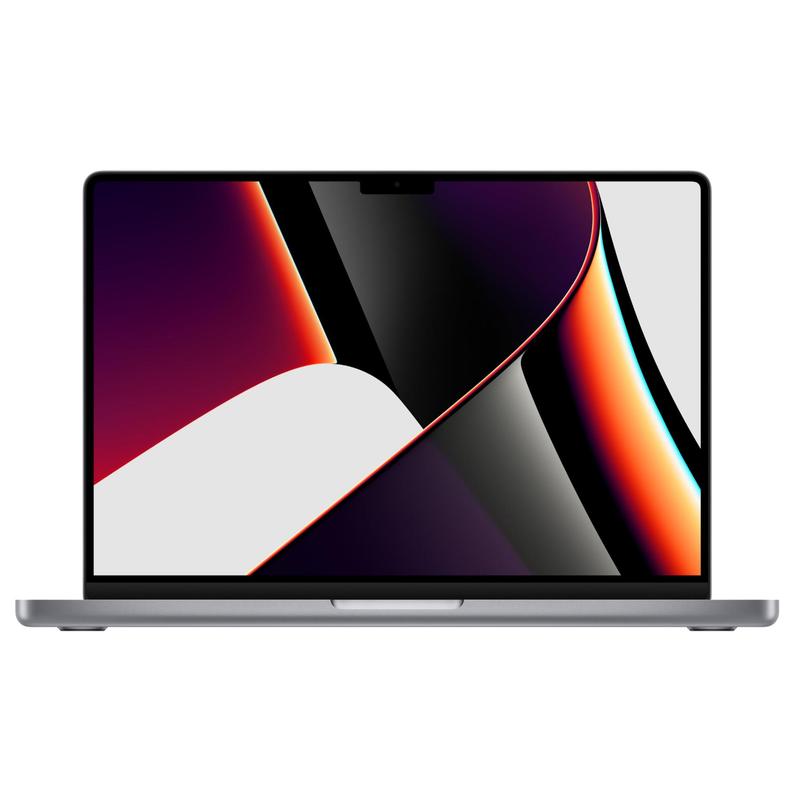
Apple's update to the smaller of its Pro lineup can be powered by either the new 8-core M1 Pro or 10-core M1 Max chips, which features six or eight performance cores and two efficiency cores. The new M1 Pro and M1 Max chips are twice as fast as the Intel Core i9 in the MacBook Pro 16-inch (2019). Since memory is packaged in the M1 silicon your choice of CPU dictates the maximum amount of RAM: the M1 Pro maxes out at 32GB RAM, the M1 Max at 64GB.
Apple calls its display Liquid Retina XDR. With 14.2-inches it can display a 3024-by-1964 resolution at a 120Hz refresh rate. Expansion comes via three Thunderbolt 4 ports, one HDMI port, an SDXC card slot, and a MagSafe 3 port. All this comes with a price in addition to the high price tag- as it is heavier and thicker than the previous model. The new MacBook Pro 14-inch with the M1 Pro chip weighs 3.5lbs (1.6kg).
As far as performance is concerned, Apple has provided the following impressive benchmark numbers using several video editors: “Up to 9.2x faster 4K render in Final Cut Pro with M1 Pro, and up to 13.4x faster with M1 Max. Up to 3.6x faster effect render in DaVinci Resolve Studio with M1 Pro and up to 5x faster with M1 Max”.
Read the full review: MacBook Pro 14-inch (2021)
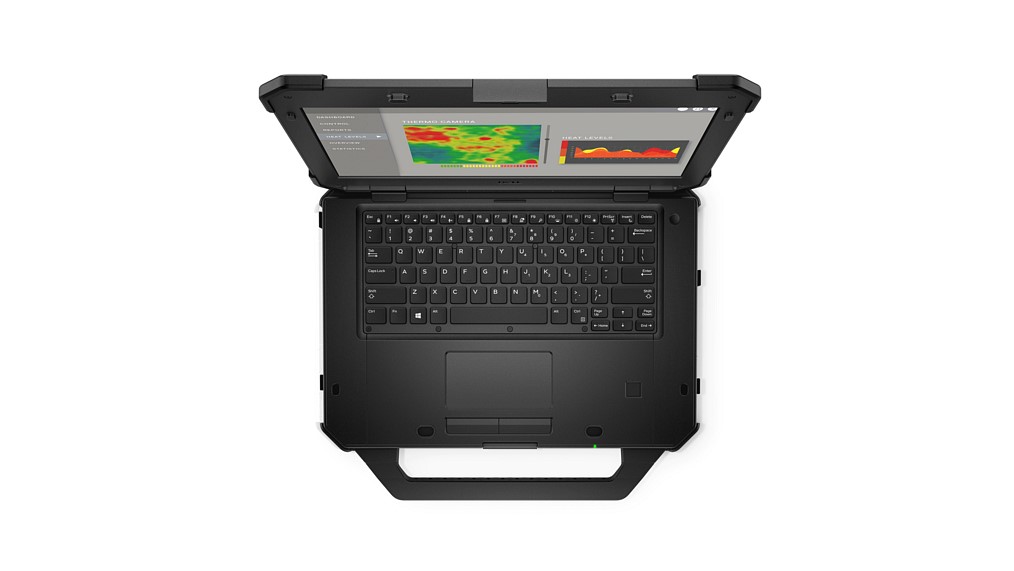
If you need to edit video outdoors you could face dusty, wet, or risky environments. That's where a rugged laptop comes in handy. These are designed with a thicker and stronger enclosures to operate reliably in industrial, construction and military settings.
Dell took it to extremes; this beast is drop-tested for impact resistance from 6 feet and is water resistant with an IP-65 rating which means it has protection against "low pressure water jets from any direction, water condensation and water spray". The downside for the Jacques Costeau fans is that you cannot use it *totally* underwater.
You can also work beneath direct sunlight thanks to its multi-touch Full-HD display with up to 1000 nits of brightness. With its smaller 14" screen, you will likely need to connect it to a bigger external display but this is possible thanks to its plethora of ports: HDMI is included, and VGA or DisplayPort secondary connectors are optional, or you can use USB-C.
As usual in all Dell systems, you can use its online configurator and have your desired machine tailor-made with additional storage or ports. It supports up to 3 removable M.2 SSDs for up to 3TB of storage. When you add the discrete AMD GPU to replace the built in Intel HD graphics, a secondary battery becomes mandatory. The default configuration includes an internal 4G LTE modem which you can remove for additional cost savings if not needed. Other optional features are a fingerprint reader and a smartcard reader.
The only caveat about this system is if you use Adobe Premiere, as the firm lists 2GB as the minimum video memory for its NLVE, so this system hits that spec narrowly.

This is truly a mobile workstation. It can be expanded to levels not possible in the average laptop. For instance, while most laptops feature either one or two sockets for RAM or even memory soldered to the mainboard, this system has four sockets. It also features two M.2 NVMe SSD slots.
Need to edit 4K video at 60 FPS with dual 4K monitors? Sure, no problem. This beast handles that and more thanks to its 3840×2160 17.3 inch anti-glare screen with sharp, crisp colors. We've chosen a version with 64GB of RAM which doubles the recommended settings for the king of high-end non-linear video editors, Davinci Resolve (16GB minimum, 32GB recommended).
You can find this laptop with many different CPU options including Intel Core processors and Xeon processors. Likewise with Nvidia Quadro GPU options. One popular option for video editing is to buy it with two 2TB SSDs, OPAL encryption is also an option. Lenovo´s online configurator lets you go crazy.
As for expandability it sports four USB-A 3.2 (Gen 1) ports, USB-C, two Thunderbolt 3, Gigabit Ethernet and HDMI 2.0 ports. Due to its power requirements it has its own separate power socket.
Yes, its battery life is short, but have you seen the size of this thing? It's a movable workstation. If you need to carry it around in a backpack, the 15.6-inch ThinkPad P15 is a more appropriate option, but for a video editing workstation that will likely stay plugged into AC and stationary during most of your video editing session, the power and flexibility of editing 4K video on a 17 inch screen can't be beaten.
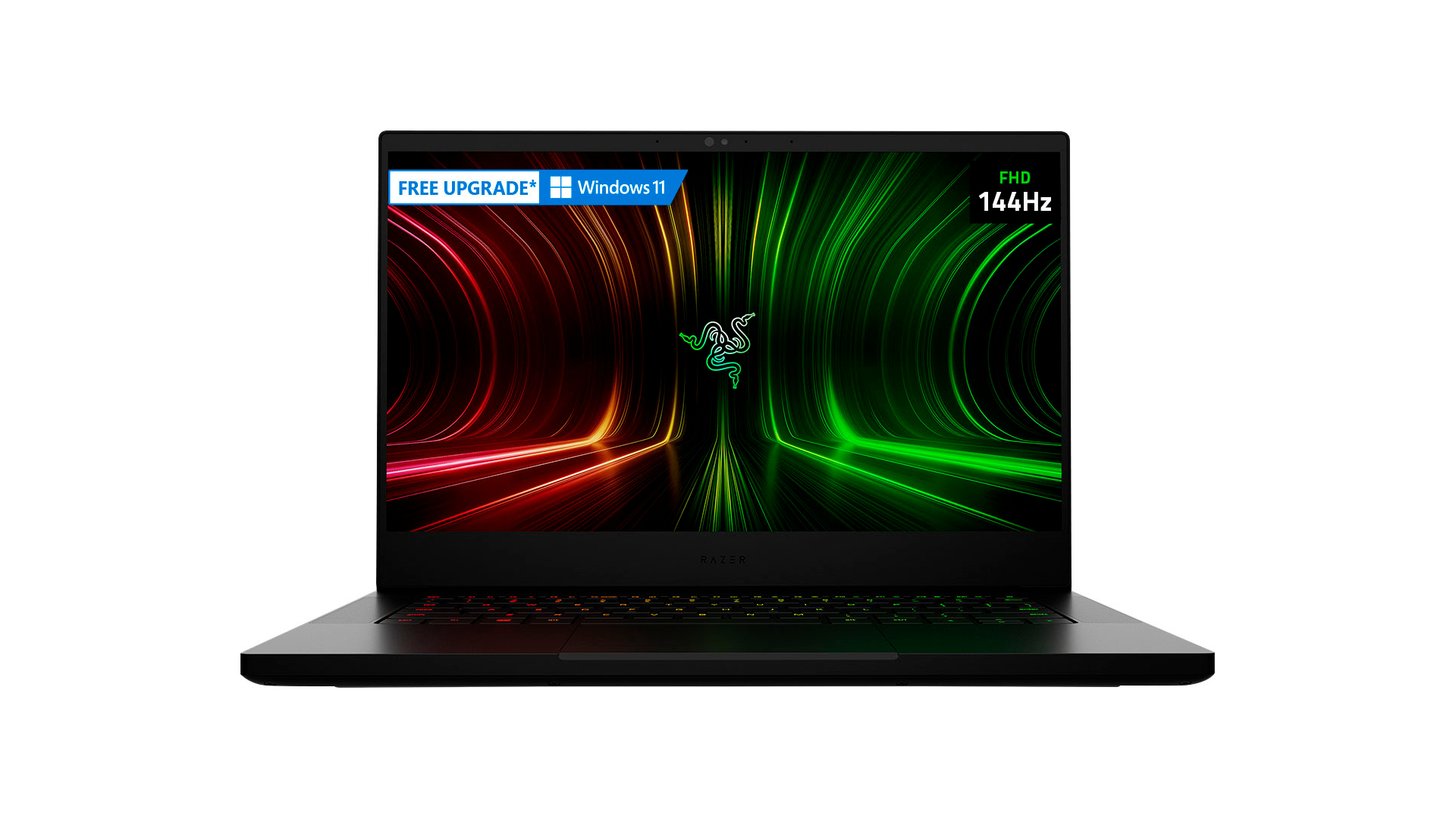
If you are looking for the right balance between power and portability look no further than the Razer Blade 14. Sporting NVIDIA´s RTX3070 discrete GPU and AMD's latest processor it features a nice 14-inch display, in less than a four pound package (1.77 kg).
Despite being marketed as a gaming laptop, its CNC machined black aluminum case looks stylish and professional. It has a beautiful Quad-HD display -QHD or sometimes referred to as 2K- with a resolution of 2,560 by 1,440 pixels.
Its powerful eight core AMD CPU coupled with Nvidia's GPU means that this laptop has enough horsepower to run the most demanding non-linear video editors comfortably. Speaking of which, its only downside is that the RAM is not user upgradeable. The good news is that the SSD can be accessed and upgraded effortlessly.
As for expandability, it sports two USB 3.2 Type A sockets, two USB-C 3.2 connections with charging capability and a handy HDMI port for external monitors. Its lack of Thunderbolt support on the USB-C connectors can be an annoyance for some users though.
Finally, we should mention that for those cash-strapped, this system can also be found at a lower price with a 1080P screen and with a RTX 3060. In all of its options, at 0.66 inches thick, it is a worthy video editing workhorse that you can carry in your backpack.
Read the full review: Razer Blade 14
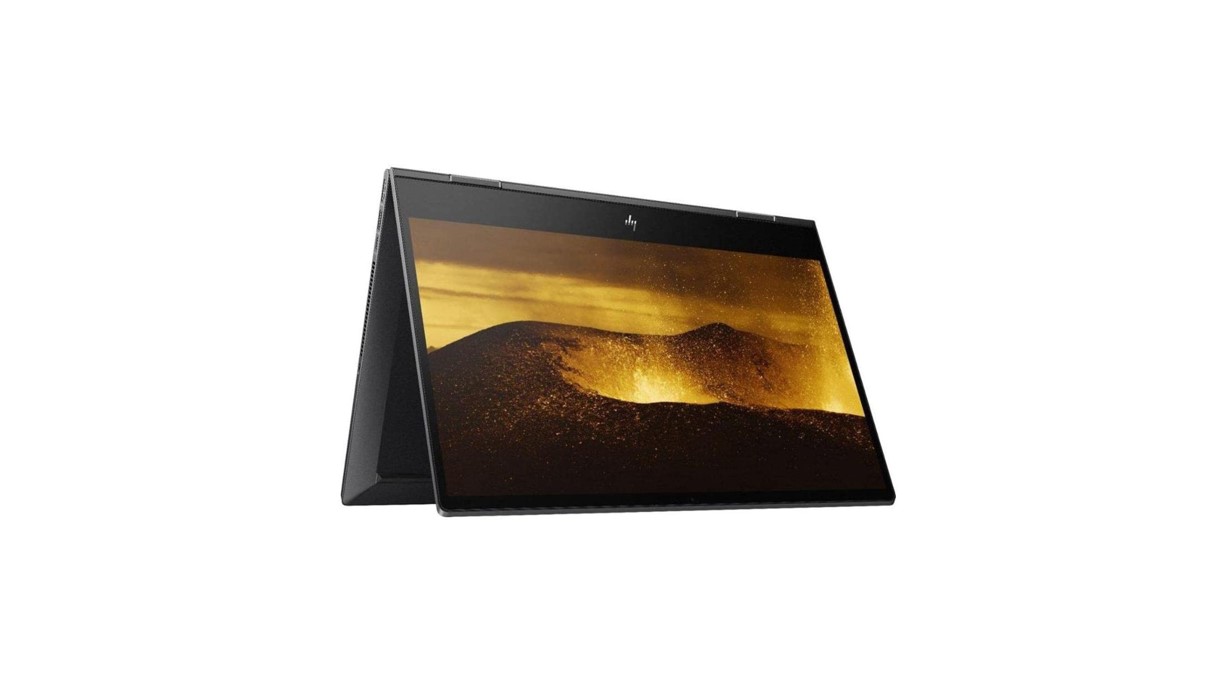
If you edit video while on the go a "convertible laptop" or 2-in-1 laptop can be handy to boost your creative process. You can use it as a tablet for previewing your source material or exploring transitions with the touch screen, then the next minute load up your complex non-linear video editor and use it with the keyboard like a regular laptop. If you want to read more on the advantages of this form factor, check out our article here.
The HP Envy's 15.6-inch, full HD 1080P WLED display looks gorgeous and is more than adequate for video editing on the go. If need be, you can connect it to an external monitor or large screen TV via its HDMI or DisplayPort via USB-C. While this isn't a 4K 17-inch screen laptop replacement, what you lose by not having an extra-large display and 4K resolution you make up for when it comes to battery life.
Packed inside is an eight-core AMD Ryzen 7 5700U with Vega graphics, a speedy CPU that makes up for the lack of a discrete GPU. Its terabyte of fast SSD storage will make working with heavy video editing programs a breeze. When it comes to expansion, it sports one USB-C port -luckily of the USB 3.2 Gen 2 type (10 Gb/s with Power Delivery), one HDMI 2.0, two USB 3.2 Type-A ports, a micro-SD card reader and headphone jack. Connectivity is provided via built-in Wi-Fi 6 and Bluetooth 5. With its well-engineered design, a comparative low price and excellent display, the HP Envy x360 is one of the best options for video editing enthusiasts on the move.
Read the full review: HP Envy x360
Buying a video editing laptop? Here's what experts say
We reached out to Michel Yavercovski, Senior Director of Product Management for Corel video products, to get his expert opinions about choosing a creative computer.
"There are a few key things to look for when buying a video editing laptop and of course, when you’re talking about video, the better the hardware, the smoother and more responsive your editing experience will be. Whether you’re talking about our Pinnacle Studio or VideoStudio products, both have been designed to take full benefit of your hardware to make video editing as fast and efficient as possible." Michel said.
"First, you’ll want to look for a system with a powerful multicore processor -- the Intel Core i7 product line is a good choice to get started with -- and our software has been optimized to take advantage of multithreading so you can get the most out of these impressive chips. A powerful processor will also give you a seamless experience when working with today’s popular formats and creative features like multi-camera and 360° video support. 4K video can create huge file sizes, so you’ll also want to make sure the device has a large and fast SSD storage drive that can read and write large video files without any hang-ups."
"Video editing takes up a lot of memory, so shop for a system that has between 16GB and 32GB of RAM to keep things running smoothly. And, of course, a 64-bit version of Windows 10 is a must. " he added.
"Then, when considering graphics cards, look for the latest NVIDIA GeForce RTX or GTX series as well as Intel Iris or HD Graphics for overall faster processing and editing. Most advanced graphics cards will also have HEVC support, enabling the use of this advanced video format in your productions."
"Since you’ll be working primarily on one screen when you’re on the go, make sure the laptop's built-in monitor produces crisp images and has accurate color rendering. It’s also ideal to have a system that will support multiple screens for when you’re back in your main work space. Lastly, I always advise users to either plug in their laptops or adjust the power settings for high performance since many notebooks default to power-saving features when they’re running on battery which can impact performance. You may have to accept a shorter battery life, but it will ensure faster processing for a great editing experience."
Six ways to speed up your editing life
Hugely experienced edit trainer and colourist, Darren Mostyn, guides us through some essential steps to accelerate editing routines in a bid to make your workflow even more efficient.
I have been editing for over 25 years and thought I would share some of my best tips on how to speed up your editing skills. Most of this advice applies to any editing application. Even a 1% or 2% increase in speed could improve your productivity by over half an hour a week. That’s time you can take off and enjoy or add to the workload and increase your income. Having worked in broadcast sport and live events editing for around a decade, I had to edit super-fast to turn highlights of live action around in some crazy tight deadlines.
Before we get in to the steps, here’s something to keep in mind. Editing quickly is not necessarily why we are employed. But by being quick at the mechanical process of editing also leaves more time for the ‘real’ job – crafting the story, supporting the performances, controlling the pace and engaging the audience, etc.
- Learn your keyboard shortcuts. My first piece of advice is to know your keyboard shortcuts inside out. Any menu that you use more than twice a day will likely have a keyboard shortcut or can be mapped to a keyboard. Just take the time to find the shortcut and practise using it. You may find this slows you down to start with, but it will increase your speed over time. Force yourself to use the shortcuts. Combine that with using a dedicated colour coded keyboard available for most NLEs by third party keyboard manufacturers. DaVinci Resolve users like myself can use a dedicated keyboard called the Speed Editor (ed: Other popular video editing applications are likely to have bespoke consoles as well). Don’t forget that you can change shortcuts if you need to – I spent many years alternating between Avid, Final Cut Pro 7 and Adobe Premiere, so now when I edit I have a set of shortcuts that are a hybrid. How flexible you can be will depend on your NLE.
- Get training. Invest in some quality training. Whilst this may seem like an expensive outlay, the return on investment can be rewarding. Spending hours looking at YouTube channels hoping that the information is correct can be a potential waste of your time. A structured course will give you more confidence in playing with new techniques – you may find you have been working in a certain way for years only to discover there is a much easier and quicker approach available.
- Time management. Your mind will be far more productive if you take breaks. It is believed that 2-3 hours of concentrated work, followed by a short break, is far more effective than 4 or 5 hours straight editing. Get all the emails and social media checks done in the break, but actually take a break from your screen too. Go for a walk or something active, then carry on working for a few more hours - it is good for your body not to be sat in a chair for hours on end. You’ll come back with higher levels of concentration. Be comfortable – this applies to everything. Nothing slows you down more than a bad back or an aching wrist. Invest in a good ergonomic chair or even a standing desk and make sure your monitors are at the right height.
- Cheap media is a false economy Use faster hard drives and quality card readers if you are responsible for transferring data. Cheap hard drives and card readers will slow down your transfer speeds considerably. I invested in a decent USB hub after years of using cheap ones and the transfer times are lightning quick. If you can get your data onto SSD drives, you will save so much time over regular drives. Editing and rendering times will also benefit from faster hard drives. You can consider making proxy files from your footage to help with workflow bottlenecks you may encounter on slower machines.If we are making proxies for use in an Avid workflow, we use DaVinci Resolve to generate them as it is quicker.
- Use a decent computer. Learn your NLE’s proxy workflow if your computer is struggling. Two monitors or an Ultrawide monitor will help you organise your edit and a third monitor for previewing full screen is ideal. Nothing is more frustrating than being slowed down by the hardware. (ed: The jury is still out on screen resolution)
- Freshen up your human interface. A Wacom digitizing tablet and pen will not only speed up your editing but also reduce fatigue in your wrist. I have not used a mouse since discovering Wacom tablets around 20 years ago. I have a small portable size tablet that I can take on the road with me if I am working away from the studio. I currently use an Intuos 3, which is old now, but they are built so well that it still works like new. The fact that I can keep the pen in my hand at all times makes it faster for me to work. Once you have set them up correctly for your comfort and assigned shortcuts to the keys, you will never need a mouse again. If you have to draw any masks or audio levels, it is far easier to use the pen. It takes a bit of getting used to and will slow you down at the start, but you will soon gain speed.
Also check out all the best cheap laptop deals available now
from TechRadar - All the latest technology news https://ift.tt/3pM9zmT
